Omni-channel sales is boosting CPG brand success
Through our diligence of opportunities in our CGP pipeline, we're seeing omni-channel sales strategies trending as a key ingredient to success for early-stage CPG brands. In this day and age basically anyone can stand up a Shopify-powered digital storefront to start selling products direct-to-consumer (DTC), but DTC is just one of many sales strategies early-stage CPG brands are pursuing, so let’s dig into the sales approaches we’re seeing most often in our CPG pipeline today.
Direct-to-consumer e-commerce- Selling DTC is a popular approach because it allows brands to control how they interact with their customers, how much their customers pay for their products, and own the data and feedback loops between the brand and its customers. But this approach can be both expensive for an early-stage brand to gain visibility and risky as DTC comes with a high level of inventory risk. While DTC brands can achieve healthier gross margins of 70%+, the cost of marketing alone cuts deep into a DTC brand’s bottom line profitability.
E-commerce through 3rd party marketplaces - Brands looking to sell online have the option of selling through 3rd party marketplaces like Amazon or Etsy where brands pay a flat $40 monthly fee to sell on the marketplace plus a 6-15% transaction fee. They also offer various fulfillment and advertising options to assist brands with acquiring customers and fulfilling orders at an additional cost. The issue with these 3rd party marketplaces is that customers associate their purchases as Amazon purchases rather than as purchases from any one brand, which hinders brand recognition and customer loyalty long-term.
Wholesale through established retailers - Before the tools for selling digitally were as widespread as they are today, brands have been selling wholesale through established retailers with both physical and digital reach such as Nordstroms, Macy’s, Sephora, Walmart, Target, etc. While brands can kiss their 70%+ DTC gross margins goodbye (we’re seeing more like 40-50% wholesale gross margins), selling wholesale allows young brands the opportunity for scale with a lower risk profile. These large retailers typically place large orders months in advance allowing brands time to plan for and manufacture the projected amount of inventory they plan to sell, vastly lowering inventory risk for the brand. Brands are also required to spend little, if any, on marketing because they’re selling on the shelves of well-known retailers.
Retail through Brick and Mortar - On a scale from risky to riskier, we view owned physical locations as the riskiest (and priciest) of all the sales approaches on our list. Not only are physical locations costly to lease, staff, decorate and maintain, but they’re also heavily impacted by local market dynamics and ever changing city regulations. While physical locations are an enormous drag on profitability, if a brand is successful at launching a few brick and mortar locations, those can serve as a great channel for customer acquisition for other sales channels. Specifically we’re seeing that brick and mortar customers who enjoy their experience in store often become loyal DTC purchasers.
When we invest in CPG founders at Capitalize VC we love to see brands with a strong foothold in either DTC or wholesale with plans of growing through multi-channel sales incorporating two if not three of the strategies we’ve outlined above. For companies that see early success going DTC, oftentimes there’s an opportunity for additional market saturation by getting on shelves in staple retailers like Nordstroms or Target. Conversely, we see brands with early traction on retail shelves strategically thinking about how to incorporate DTC sales down the line to own more of the shopping experience through a direct interaction with their customers.
